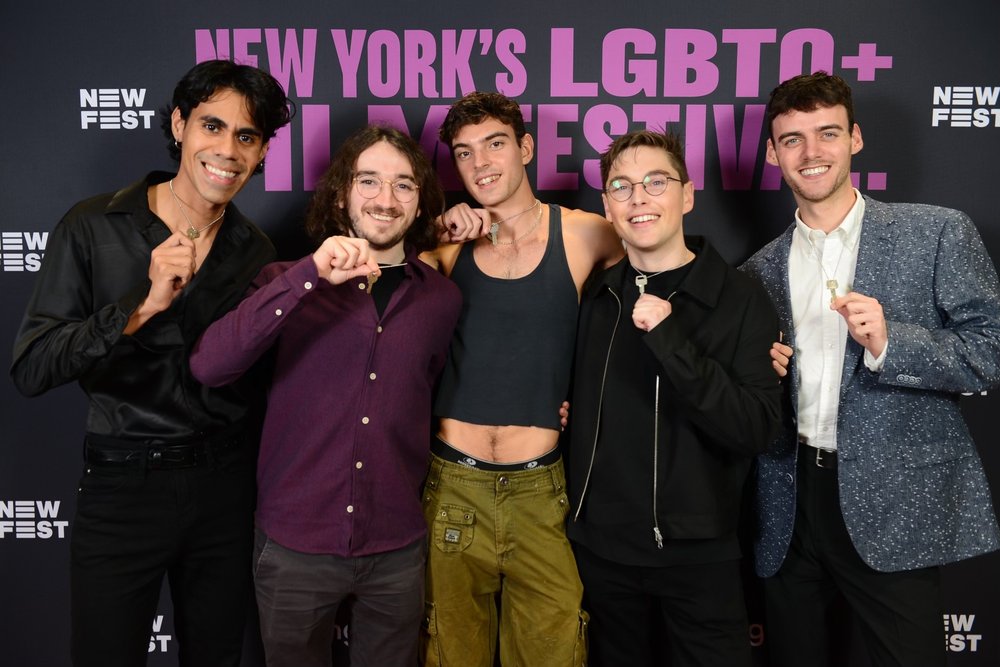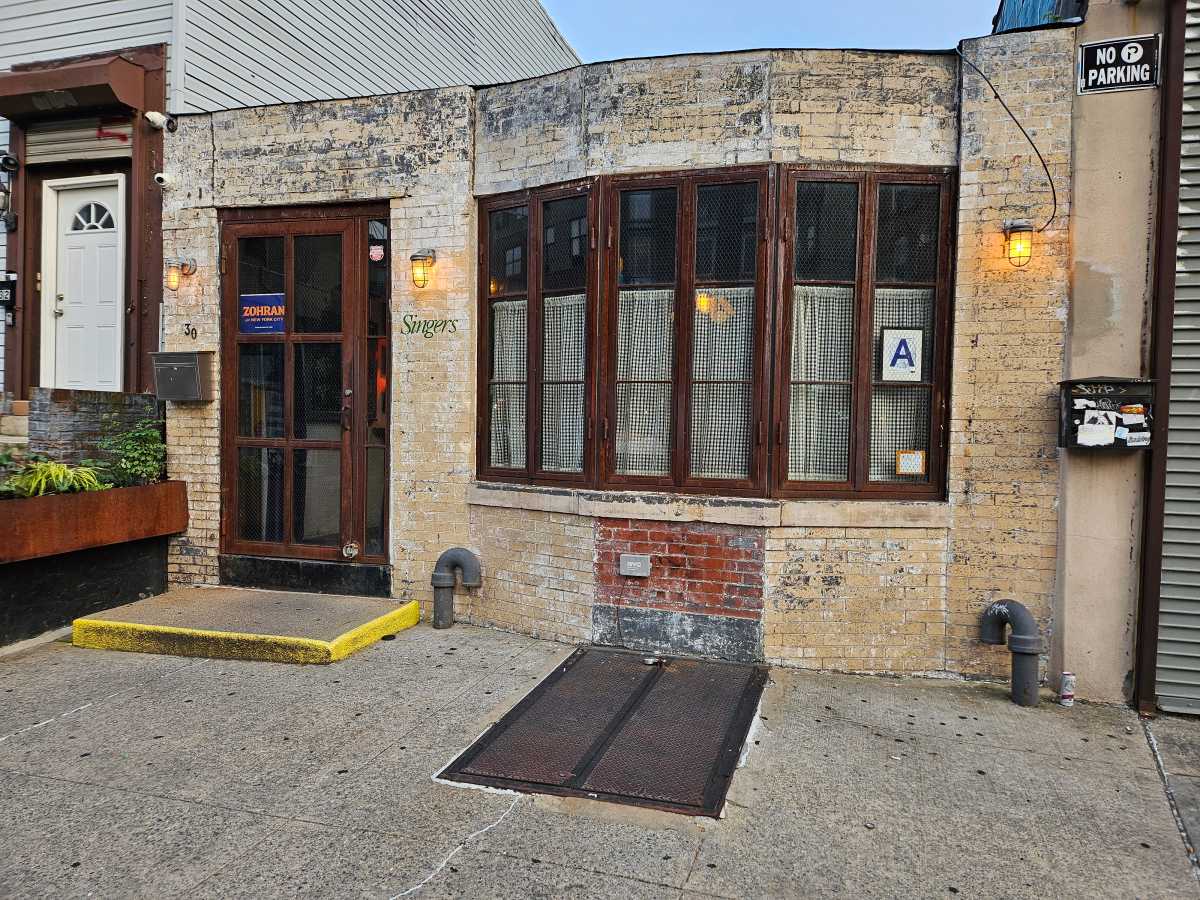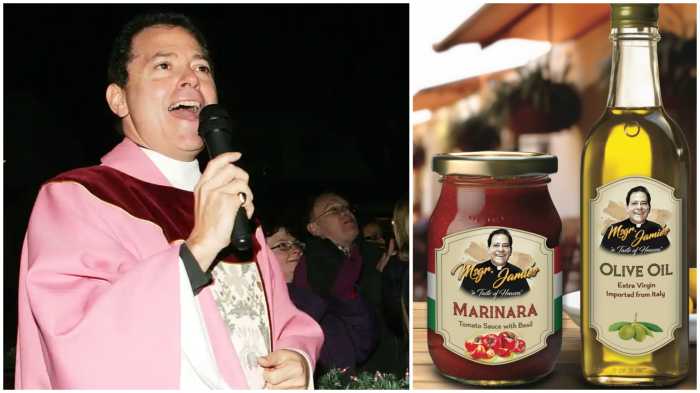By Phil Schillaci Kropoth
Once upon a time, Jefferson Market Branch Library had all the answers. Within the building’s beautiful Victorian architecture and stained glass windows, the only sounds were that of pages being turned by curious a readers blowing through an encyclopedia or a reference book. If you couldn’t find what you needed, you didn’t “Google it.” You looked it up in the card catalog. If you still couldn’t find what you wanted, you asked a librarian, not Jeeves of Ask.com.
But then came an oversaturation of words, numbers, pictures, videos and music with the information boom called the Internet. Jefferson Market Library no longer monopolizes knowledge in the West Village. Rather, with the emergence of the Internet — plus chain bookstores and even the Learning Annex and Starbucks, with its Internet access — libraries are fighting for their lives.
“The change in the library is because of the rise of the Internet,” said Frank Collerius, branch librarian of the Jefferson Market Branch Library. “It has changed how libraries do things.”
Faced with these challenges, Collerius has been forced to find new ways to draw people into the nonprofit facility he is charged with overseeing. He’s been taking on this problem by combining traditional library methods with modern ones.
First, he’s keeping money out of the picture.
“I think a library should have anything the culture values and for free,” he said. “A hundred years ago, libraries didn’t want to carry popular fiction.” Now, libraries stock DVDs and video games and…have Internet access.
It may appear strange that an organization would adopt its strongest competitor, but Collerius sees the Internet as help rather than a hindrance.
“The Internet, in a way, made people more curious,” says Collerius, who said that people often come to the library looking for more about something they discovered online. The library recently was hooked up for wireless Internet.
Collerius is also aiming at attracting a wider age demographic to Jefferson Market Library.
“The comment among librarians is that we serve kids and the elderly,” said Collerius. “That’s changing.”
A plan for a teen lounge in the library two years ago met strong resistance from Villagers who feared it would drastically change the library’s environment. The teen lounge plans were ultimately scaled back, with most of the $2 million in funding allocated for the teen lounge and interior renovations reallocated for sorely needed exterior facade renovations.
Still, Collerius is drawing on his past experiences to make Jefferson Market more free-formed and hip, in the hopes that it will attract more teenagers and young people.
“The bookstore is so much fun,” said Collerius, who used to work at the Shakespeare & Co. Booksellers on Broadway in Noho. He plans on ridding the library of the rigid information desks to promote “more roaming and walking around. I’m taking a page from them,” he said of the bookstores. “I want that interaction again.”
Today chain bookstores, like Barnes & Noble and Borders, usually have cafes in their larger stores. Collerius said this will probably also happen in public libraries.
“Libraries don’t have food and coffee. But I think they will,” he predicted.
It may also be helpful to introduce the library to fresh ideas. Collerius is at the head of the curve of young people considering library science a serious career.
“Young people are realizing how cool it is to become a librarian,” he said. “They’re realizing that if you like reading and writing, you don’t have to go into publishing. It’s sort of a post-modern pleasure of dusting off a stereotype.”
But the key is getting people into the library. So the question is “Why do people still come to the library when they can probably find whatever they want on the Internet?”
“People all want a place to go that’s not work and not home,” he said. “The Jefferson Market is a great place to hang out.”
The Jefferson Market Library offers people a tangible space to get comfortable and explore. To Collerius, this should be the function of a library.
“We want to bring something to you that you didn’t know about,” he said. “That something may be a new book or a building with beautiful architecture you’ve walked past a million times.”






































